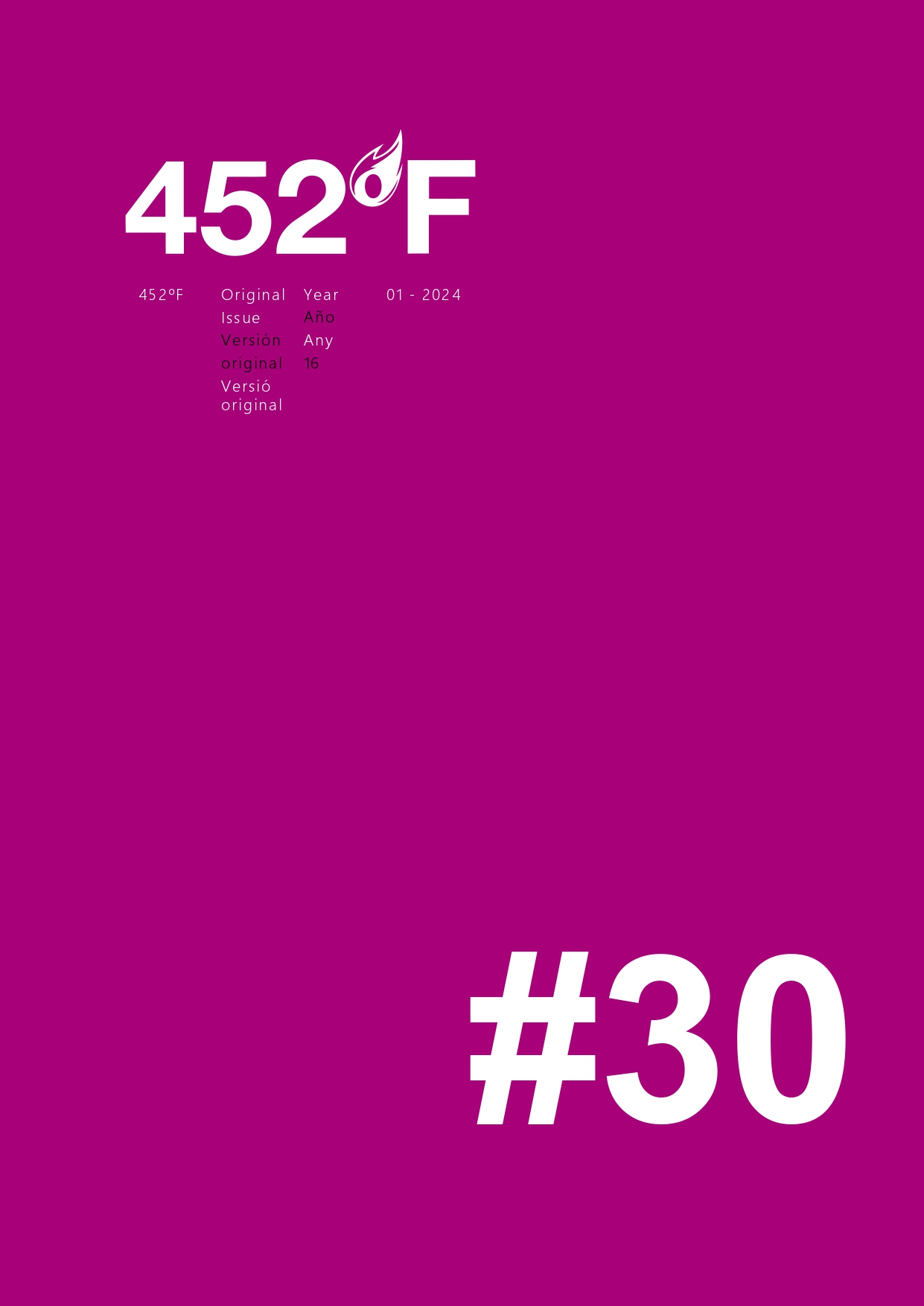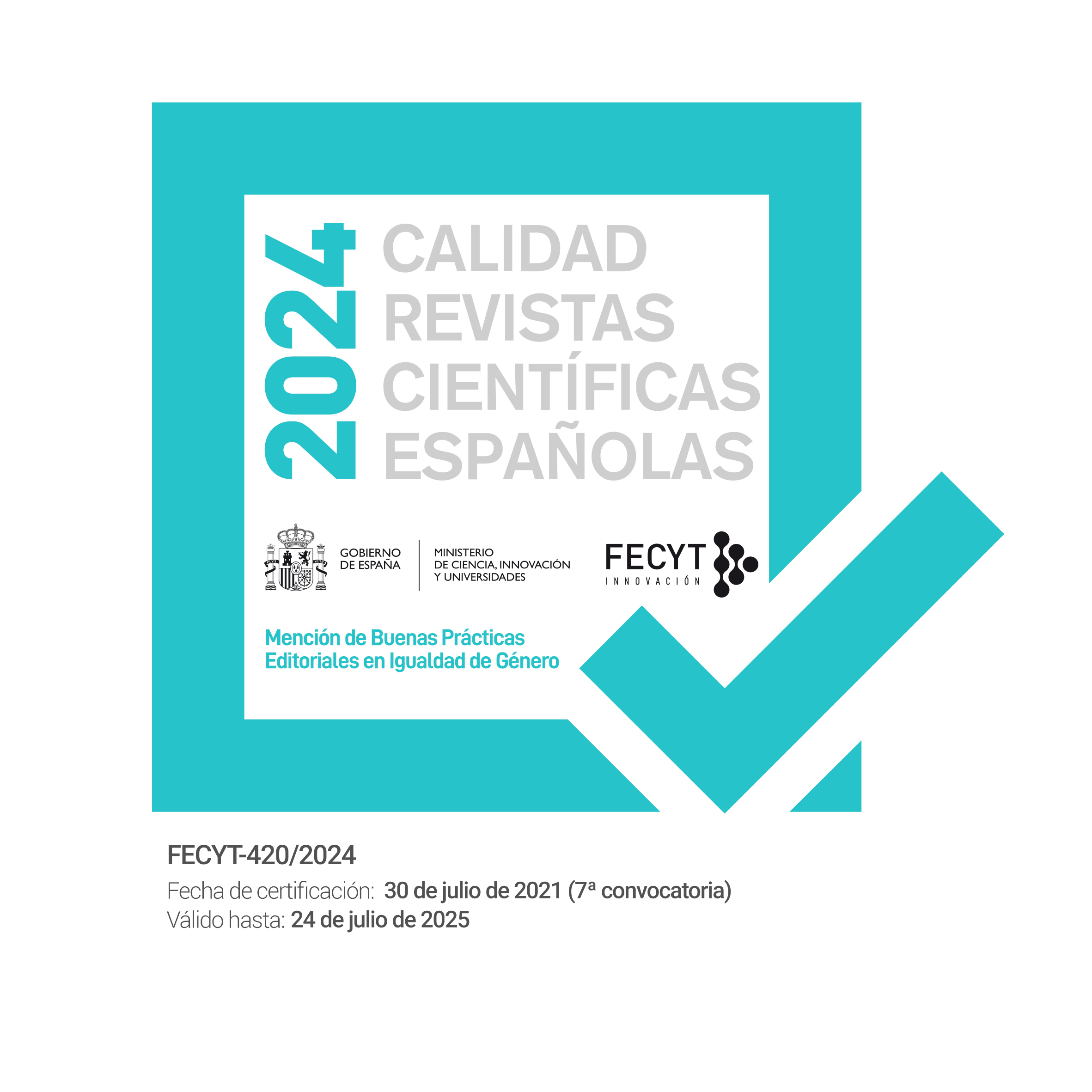Insect Legs in the Middle of the Pages: Eduardo Chirino's Entomological Zoopoetics in Three of His poems
DOI:
https://doi.org/10.1344/452f.2024.30.4Keywords:
Peruvian poetry, Eduardo Chirinos, Animal Studies, Zoopoetics, InsectsAbstract
Despite the scant critical attention it has received in recent years, the work of Eduardo Chirinos (1960-2016) is extremely relevant when approaching the poetic representation of all kinds of animals, especially insects. In this article, I review the most important theories and concepts in the field of animal studies, in order to propose a zoopoetic reading of three poems by the Peruvian author, published in two collections of poems from 2013: 35 lecciones de biología (y tres crónicas didácticas) and Coloquio de los animales. The concept of zoopoetics, theorized by Aaron Moe, Kári Driscoll, and Eva Hoffmann, among others, proposes that animals are not only symbolic subjects that lend themselves to metaphorizations and other rhetorical resources, but are also active agents of representation within the literary text, where their animality enters into dialogue with the animal nakedness of the human being itself, in Derrida's words. From this perspective, Chirinos’ work can be interpreted as a complex zoopoetic network where insects contribute creatively to the production of his poetry, thought, and worldview.
Downloads
Published
How to Cite
Issue
Section
License
Copyright (c) 2024 Sergio I. Rosas-Romero

This work is licensed under a Creative Commons Attribution-NonCommercial-NoDerivatives 4.0 International License.
All contents published in the journal are protected under a Creative Commons BY-NC-ND license. This corresponds to legislation within Spain, and does not allow commercial use of the texts. It is not possible to modify the contents either.
General information.
Comparative Literature magazine 452ºF [ISSN 2013-3294] is a publishing project coordinated by Asociación Cultural 452ºF, and developed by its Editorial board.
Access to the Contents and Copyright.
All contents published in the journal are protected under a Creative Commons BY-NC-ND license. This corresponds to legislation within Spain, and does not allow commercial use of the texts. It is not possible to modify the contents either.
Every person has free access to the contents of the journal as long as they understand and assume that no profit is to be made on other people’s work.
In all cases, the original source name of the online journal and the article must be mentioned when used for any purposes.
Basic Conditions of all Call for Papers.
- 1. The author accepts that sending the paper:
- a. Does not guarantee the publication of it.
- b. Is done in accordance to the style-sheet of the magazine and the requirements of the specific call for papers.
- c. Implies the non-exclusive transferring of the first publication rights of the paper, as long as it is selected to be published in the journal, to theAsociación Cultural 452ºF, under a Creative Commons BY-NC-ND license.
- 2. The journal 452ºF, in due respect to moral rights of a copyright, guarantees that:
- a. All papers will be evaluated according to the procedure already mentioned.
- b. All authors will receive either a positive or negative answer to their sending a paper for publication.
- c. All papers will be published unabridged. The journal might make changes in the typographical disposition according to the needs.
- d. All papers will be published under a Creative Commons BY-NC-ND license.





